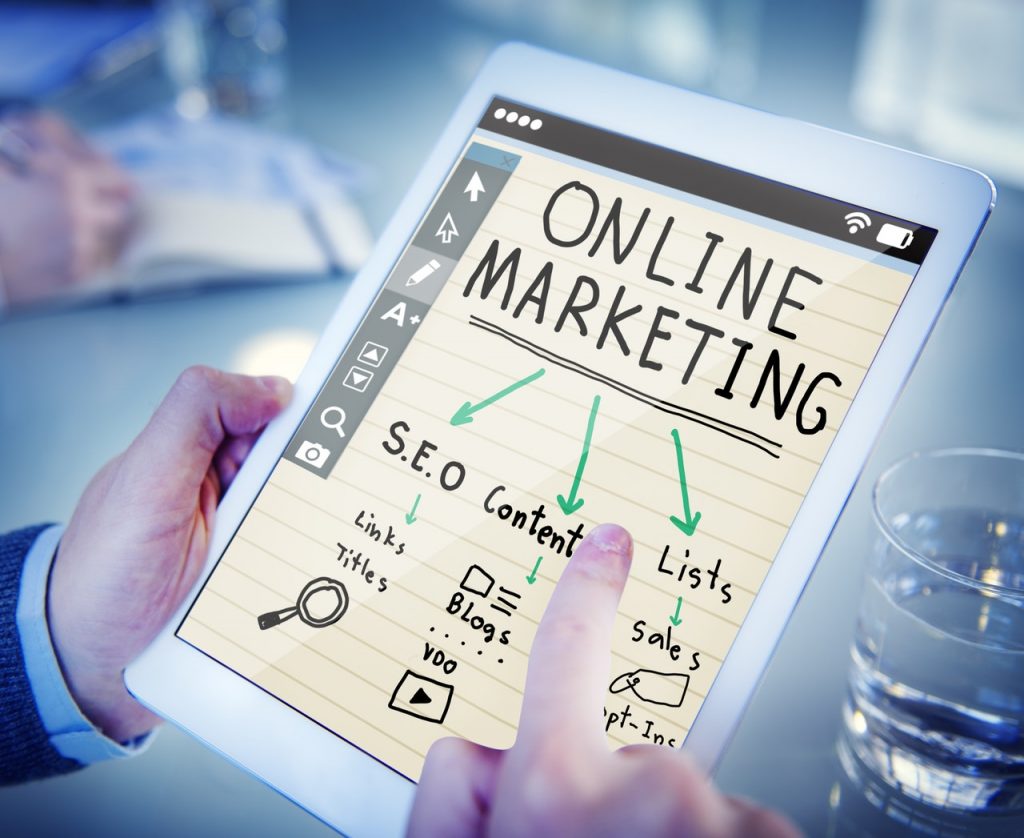E-mail marketing remains one of the most effective ways to make people aware of your products and services. Unfortunately, a lot of digital marketers fail to maximize this and see the benefits of this method of marketing for their business/website. If you want to increase your sales, get more leads, or grow your audience the right way, read on and learn the ins and outs, and these all-important tips.
Before we give you these tips to get your marketing strategy on the right track, let’s find out why e-mail continues to be a major channel of communication this year.
Is E–Mail Marketing Still Important in This Age?
The short answer is “Yes”. Let’s take a look at some e-mail marketing statistics to prove why. According to Statista, there are 3.7-billion active e-mail users around the globe, compared to 2.5-billion users on social media. That’s 1.2-billion more people you could potentially reach through e-mail marketing.
But with the number of social media users rising, many digital marketers beg the question if social media marketing will beat good old e-mail marketing anytime soon. Shockingly, it won’t – at least not anytime soon!
Did you know that 58 percent of Internet users open their e-mail in the morning? As for the rest, 20 percent will open their search browser, 14 percent will check social media, 5 percent will check the news, and 3 percent will take a look at their company’s intranet. Moreover, McKinsey says that e-mail marketing beats social media marketing, in terms of customer acquisition, by up to 40 times.
So, yes, it’s safe to say that e-mail marketing is still important in this day and age; and, it will continue to be a major channel of communication this 2019.

Is It Worth Allocating a Significant Part of Your Marketing Budget to It?
While some might think that, because of the sheer numbers stated above, it’s an obvious decision to invest a large chunk of your company’s budget into e-mail marketing, that isn’t the case.
According to Webstrategies, you should invest only 16 percent of your total budget to reach your e-mail marketing KPIs this 2019, which would result in an 80 percent return of investment. But this will depend on several factors such as your annual revenue, product or service, overall revenue generated online, and goals. The rest of your budget should be used in other areas such as Google ads, SEO, and social media marketing.
That said, it’s time to take a look at these important tips to help you beef up your e-mail marketing strategy.
Build Your E-Mail List
E-mail marketing can work for you only if you have a list of addresses to send your messages to. The good thing is there are plenty of ways to build an e-mail list fast: Placing sign-ups at your storefront/event, handing out giveaways in exchange for details, telemarketing, social media marketing, and directing potential customers to landing pages.
Once you obtain the e-mail addresses, make sure to send out an opt-in AKA confirmation e-mail. This way, you won’t violate the General Data Protection Regulation (GDPR) and can avoid future problems.
Study the Data
With today’s technology, it’s now easier than ever to gather data to study behavioral patterns and other e-mail marketing trends in 2019. You can find out when it’s best to send out e-mails, identify new segments, and the kind of content your users want to see. Knowing crucial information like these will help boost your business’s e-mail list growth and customer acquisition.
Personalize Your Content
Nowadays, personalization is an important aspect of e-mail marketing. According to Statista, the open rate of a personalized message in 2016 was at 18.8 percent, compared to a common e-mail’s 13.1 percent. Good thing personalized e-mails may be created based on the data you obtain.

Optimize Your E-Mails for Mobile
May 2016 to April 2017 data from Return Path shows that 55 percent of e-mail messages were opened on mobile devices. This comes as no surprise since mobile and tablet browsing has overtaken desktop usage since 2016. More importantly, e-mails that don’t display correctly on mobile phones get deleted within three seconds, according to Adestra. That’s why it’s important to optimize your e-mail messages for smartphones.
Avoid Being Labeled As Spam
Did you know that spam messages account for 45 percent of all e-mails sent? That’s why e-mail services such as Google and Yahoo are working hard to protect their users by developing their smart spam filters. As a result, a lot of e-mails sent out by new digital marketers end up in the spam folder, leading them to believe that it’s no longer worth the effort.
Avoid getting labeled as spam by using double opt-ins. It would also help to observe best practices such as segmenting your e-mail address database by using concise subject lines, avoiding words often associated with spam messages, and including unsubscribe options. You can send a test e-mail to mail tester to check your spam score.
Automation Is Key
E-mail automation is the current trend in e-mail marketing. It is the ability to send messages via time or actions triggered, based on the data you’ve collected from your subscribers. It’s a powerful tool to help you reach your e-mail KPI metrics.
There is a lot of free customer relationships management (CRM) websites such as MailChimp, Zoho, and Agile. These free CRMs provide digital marketers with powerful tools to create and send entire e-mail marketing campaigns that can initiate conversation, follow up with subscribers, send updates, etc. In short, e-mail automation makes e-mail marketing more efficient and personalized.
Despite many people believing in social media platforms such as Twitter and Facebook as a marketing tool, e-mail marketing remains a powerful channel to reach potential customers this 2019. And with mobile phones now playing a huge part in its success, digital marketers need to become even more creative to maximize its potential. Learn these valuable tips and tricks to cash in on the trend and develop a powerful digital marketing strategy for your business.
Opinions expressed here are opinions of the Author. Influencive does not endorse or review brands mentioned; does not and cannot investigate relationships with brands, products, and people mentioned and is up to the Author to disclose. Accounts and articles may be professional fee-based.

